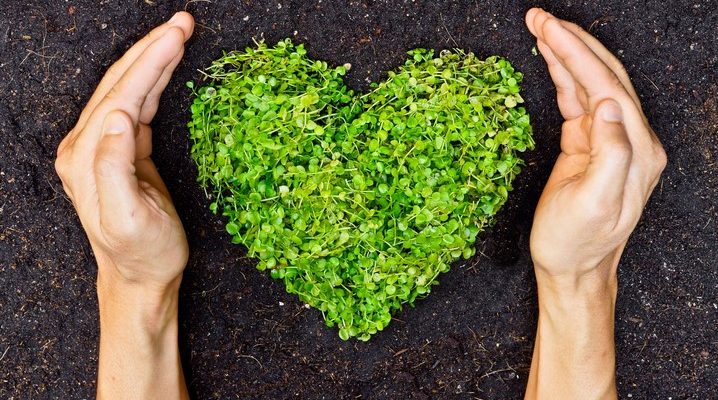
One of the three pillars of sustainability is environmental protection and there is no other first point of call than your immediate environment – the backyard.
We all have novel ideas about how our backyard should look, but incorporating sustainable practices into managing them can be a daunting task.
But as with all things, the motivation has to be there, so it's essential to remember the advantages of engaging in sustainable practices, both for the environment and for you. The desire for these advantages should override the difficulties:
- Growing your own healthy, affordable food.
- Minimizing the time and money you spend on not only maintaining an exotic lawn or garden but also because when you grow your own food, you don’t need to pay for it in a shop.
- A sustainable garden provides a natural feeling and aura which is deeply fulfilling.
That said, here are 7 tips for which your backyard or other outdoor spaces can incorporate sustainable ideas:
Maximize space
When creating a sustainable backyard, you need to use your space wisely. The average yard is not huge, and if this is the case for you, carve out a unique layout to effectively maximize the space available. Small spaces designed and organized carefully can be extremely efficient.
Come up with how best you can use each area of the backyard to make a garden and try to experiment to see what works. If you are new to gardening, it is advisable to start with flowers and/or fruits and vegetables that are easy to maintain.
Plant trees
This is a straightforward idea. Every sustainability idea begins with tree planting… Why? Well, because trees provide oxygen for humans to breathe and improves the quality of air in your surroundings by filtering harmful dust and pollutants such as ozone and carbon monoxide. Planting trees also helps to extract carbon from the atmosphere and store it in the soil (this actually adds to the quality of the soil). An added benefit is that it makes your home and surroundings cool in the summer.
A place of fun
Consider making your back garden a place of fun and excitement, especially for kids. Grow vegetable tunnels such as pole bean tunnels for children to play in, or make a garden fountain with natural materials like rocks.
Shrubs like lilac or Rose of Sharon and other plants that provide shade are a great idea. Not only do they provide shade from the sun for a serene outdoor experience, but they also give color to your garden for an exquisite look. Visit My Chicken Coop for better information.
Make a rain barrel and use rainwater
Your sustainable garden needs a sustainable source of water and that is naturally rainwater. It is the best, cost-effective and environment-friendly source of water to keep your garden growing. French drains and rain barrels (which are default backyard materials) are economical ways to harness and keep rainwater for later use. You can also create attractive rain chains from easy-to-find materials like broken pots, recycled bottles, etc.
Grow native plants
Another garden design technique to employ is growing native plants indigenous to your area. These set of plants are already acclimatized to your location and:
- Adapt to seasonal changes.
- Are easier to maintain unlike imported plants from other regions or countries.
- Can usually withstand weather fluctuations.
- Perfectly blended with the environment.
Make your own compost
Compost helps plants grow and is basic for sustainable gardens. A primary source of homemade compost is food scraps, so in lieu of throwing food away, simply add to the soil. Dead leaves and other natural wastes are also useful.
Avoid chemical pesticides
Since you are committing to sustainable practice in the design of your garden, pesticides should be avoided. Instead, introduce animals that prey on pests in the garden, like frogs and toads that eat slugs and insects and can be introduced in the garden as a pest control technique. Organic pest control techniques are in tune with sustainable gardening and preserve the environment.
Leave a Reply